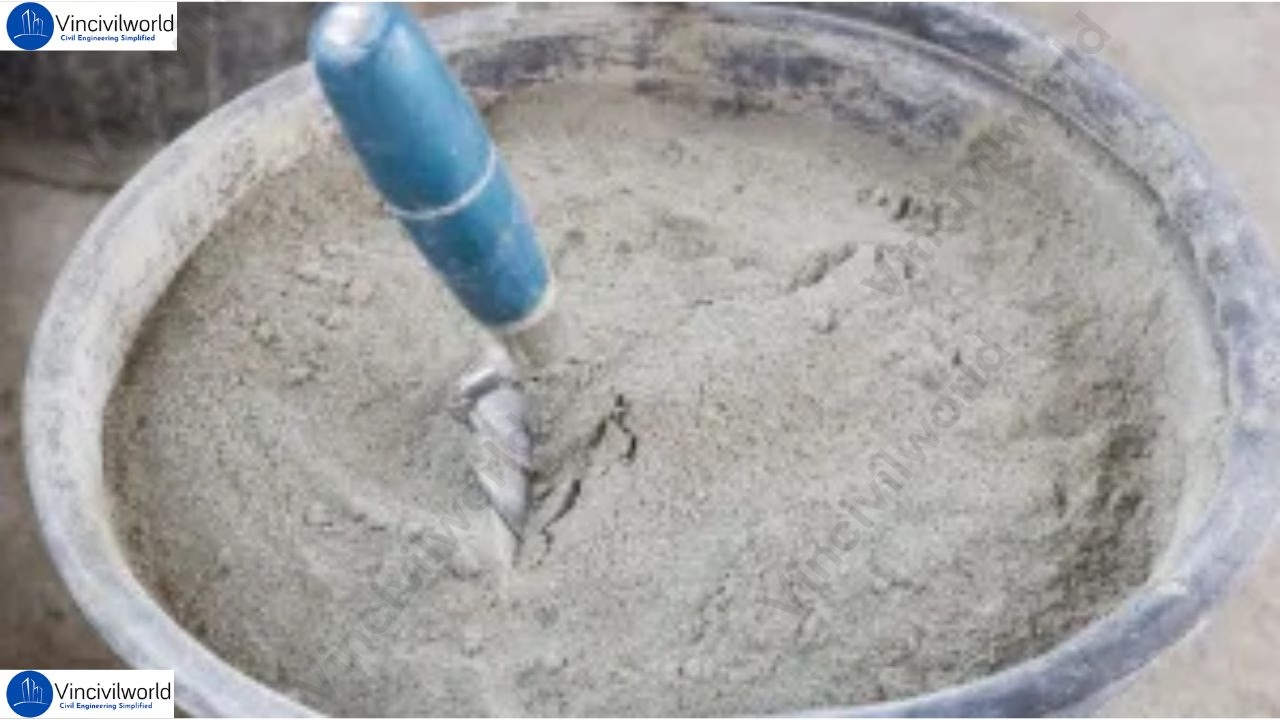Soundness test on Aggregate | Sample selection and procedure
Soundness test determines the disintegration of aggregates due to weathering. This includes freezing, thawing, marine condition etc. However, the weak and porous aggregate shows a change in weight during this soundness test.










